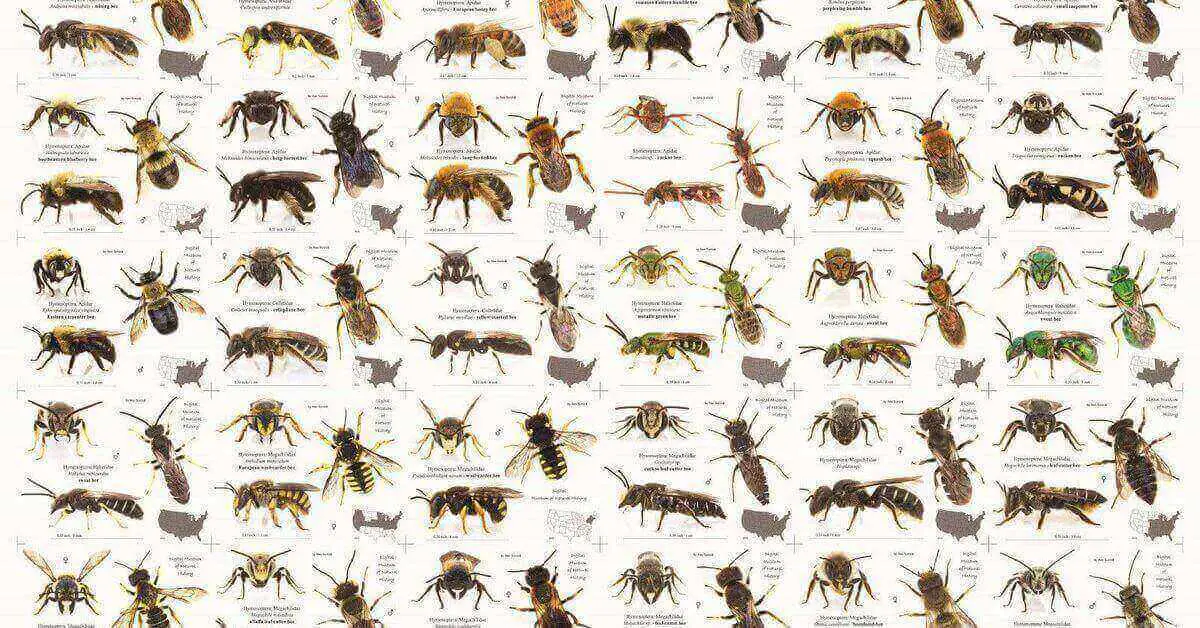In the vibrant tapestry of the natural world, there exists a hidden treasure known to only a fortunate few – the exquisite Blue Carpenter Bee Honey. This rare nectar, crafted by the diligent hands of nature’s architects, promises a taste that transcends the ordinary. Learn about Blue Carpenter Bee Honey.
The Enigmatic Blue Carpenter Bee Honey
Picture, if you will, a creature adorned in shimmering blue hues, flitting among the blossoms with purposeful grace. This is the Blue Carpenter Bee, a masterful artisan of the insect kingdom. With an affinity for blue and purple blooms, it graces the world with its ethereal presence.
A Honey Worth the Wait
The journey to acquire Blue Carpenter Bee Honey is one of patience and precision. Unlike their honeybee counterparts, these solitary artisans toil alone, crafting their nests in wooden sanctuaries. Each cell, a testament to their meticulous craftsmanship, houses the golden ambrosia that is their honey.
The Mysterious Alchemy
What sets this honey apart is the magical transformation that occurs within the bee’s nest. As nectar is collected from select blooms, it undergoes a unique alchemy, enriched by the bee’s own essence. The result is a honey that captures the essence of the blossoms it was born from, tinged with the subtle notes of the carpenter bee’s domain.
A Symphony of Flavors
Upon first taste, the palate is greeted by a symphony of flavors. A delicate sweetness, tempered by a gentle floral undertone, dances upon the tongue. It’s a melody that evokes the very spirit of the meadows and woodlands where the Blue Carpenter Bee reigns supreme.
A Culinary Treasure
Beyond its natural allure, Blue Carpenter Bee Honey has found its place in the culinary world. Renowned chefs, with discerning palates, seek out this ambrosia to elevate their creations. Its nuanced flavors lend themselves to a myriad of dishes, from artisanal cheeses to decadent desserts.
A Healing Elixir
For centuries, people have revered the medicinal properties of this honey, in addition to its culinary prowess. Rich in antioxidants and infused with the essence of wild blooms, it offers a balm to the body and soul. A spoonful of this golden elixir is a tribute to nature’s own apothecary.
Blue Carpenter Bee Physical Character and Behaviour.
Blue carpenter bees, scientifically known as Xylocopa caerulea, are fascinating creatures known for their distinctive metallic blue appearance and intricate behaviors. Found primarily in Southeast Asia, including countries like India, Indonesia, and Thailand, these bees play crucial roles in pollination and ecosystem balance.
Behaviour
One of the most intriguing aspects of blue carpenter bee behavior is their nesting habits. Unlike many other bee species, blue carpenter bees are solitary insects, with each female constructing her own nest rather than living in colonies. They often choose soft, decaying wood such as bamboo or dead tree branches to create their nests. Using their strong mandibles, they excavate tunnels within the wood, where they lay their eggs and provision them with pollen and nectar as food for the developing larvae.
Blue carpenter bees are also known for their unique mating rituals. Males establish territories near nesting sites and perform elaborate flight displays to attract females. Once a female is enticed, mating occurs, and the female then searches for a suitable nesting site to begin her reproductive cycle.
These bees are important pollinators, visiting a variety of flowers in search of nectar and pollen. As they forage, they inadvertently transfer pollen from one flower to another, facilitating the process of plant reproduction.
While blue carpenter bees are generally docile and not prone to stinging unless provoked, they may exhibit territorial behavior if their nests are threatened. However, they are much less aggressive compared to other bee species like wasps or honey bees.
Briefly differentiate between carpenter bees and bumblebees.
Carpenter bees, including the blue carpenter bee, are solitary insects that nest in wood, while bumblebees are social insects that live in colonies, typically underground or in grassy areas.
Carpenter bees have a smooth and shiny abdomen, while bumblebees have a hairy abdomen, aiding in pollen collection.
Unlike carpenter bees, bumblebees are more robust and have a thicker, hairier appearance.
Related Posts:
Preserving a Fragile Legacy
Yet, the tale of Blue Carpenter Bee Honey is not without its shadows. The habitat of these azure artisans is under threat, as urbanization encroaches upon their woodland sanctuaries. Preserving their delicate ecosystem is not only a matter of culinary delight but also an act of stewardship towards the wondrous biodiversity of our planet.
A Call to Appreciation
As we savor the unique pleasures of Blue Carpenter Bee Honey, let us also heed the call to protect the habitats that nurture these magnificent creatures. In their industrious endeavors, we find a lesson in resilience and artistry, a reminder that even the smallest among us hold treasures beyond measure.
Conclusion
In the embrace of this golden elixir, we are invited to partake in a communion with nature’s hidden gems. Let each drop be a testament to the wonders that unfold when bees and blooms converge, and let us, in turn, be stewards of this fragile yet extraordinary legacy.




